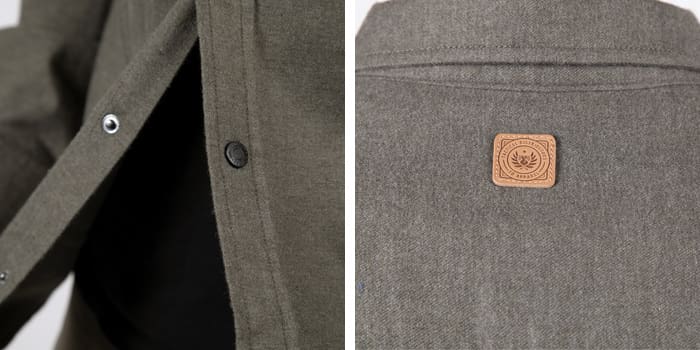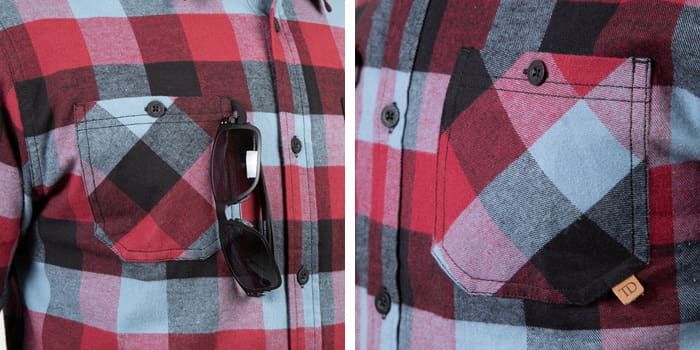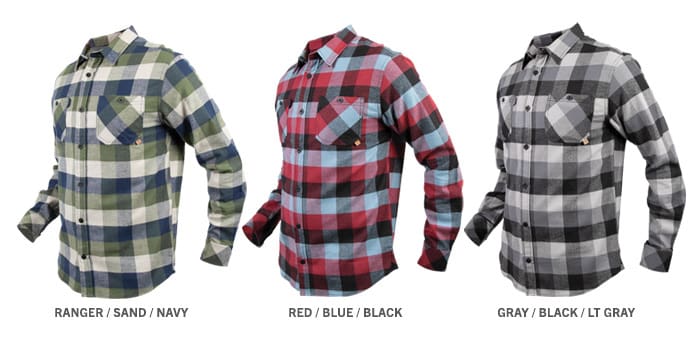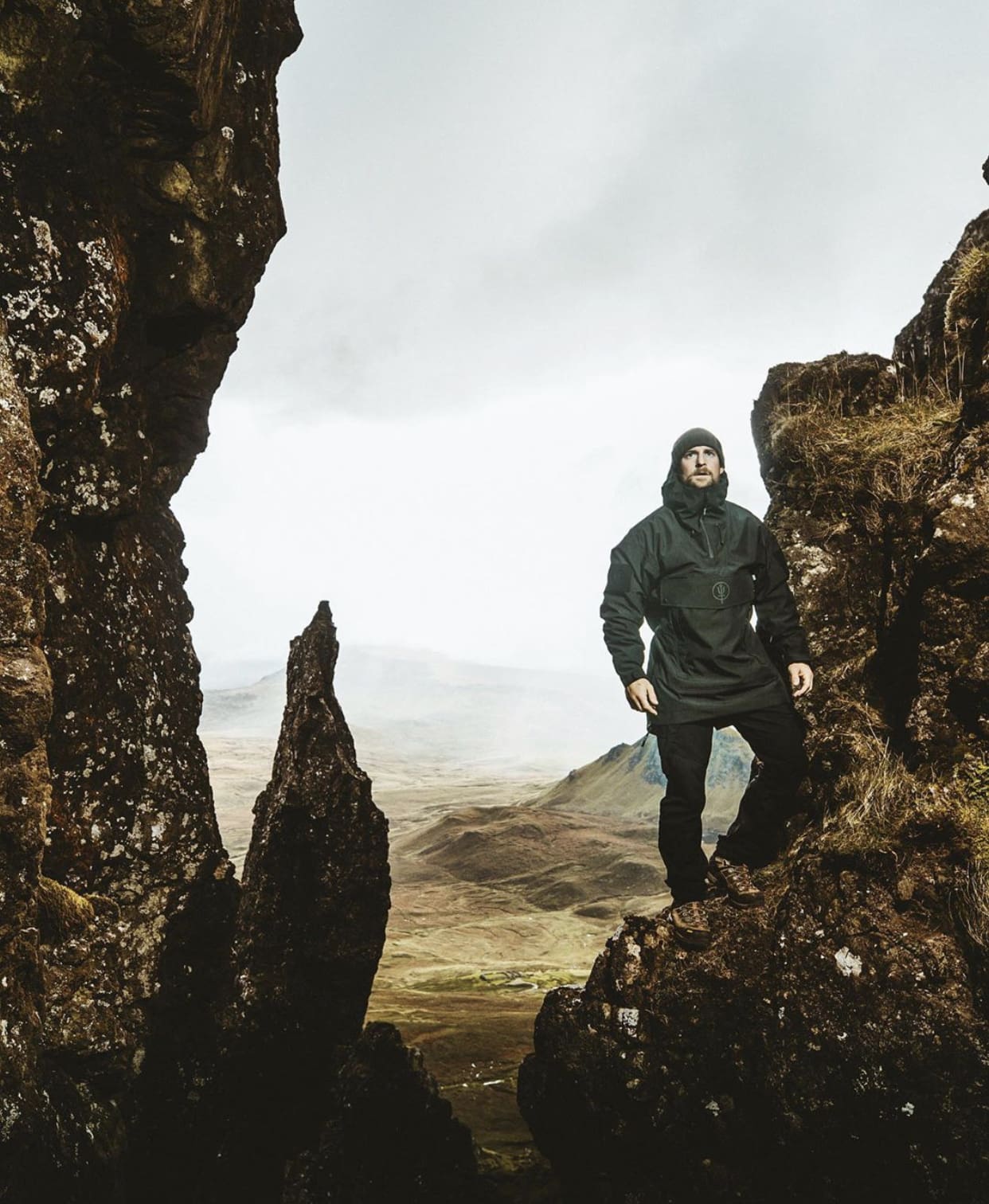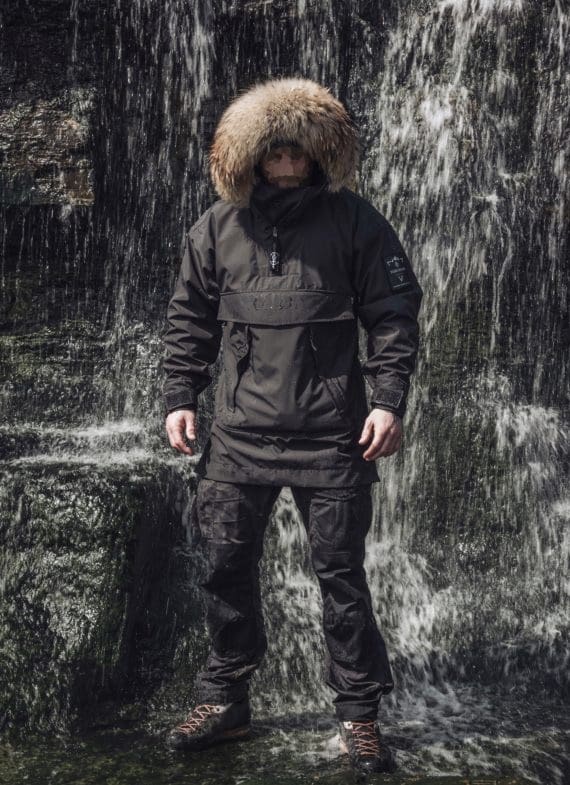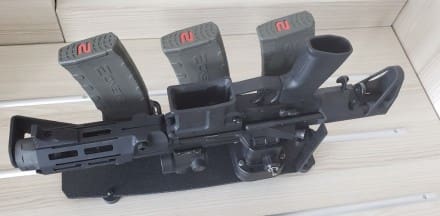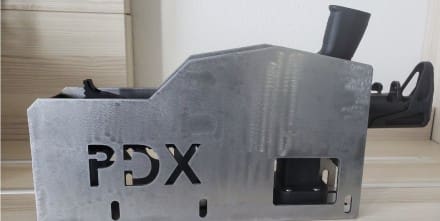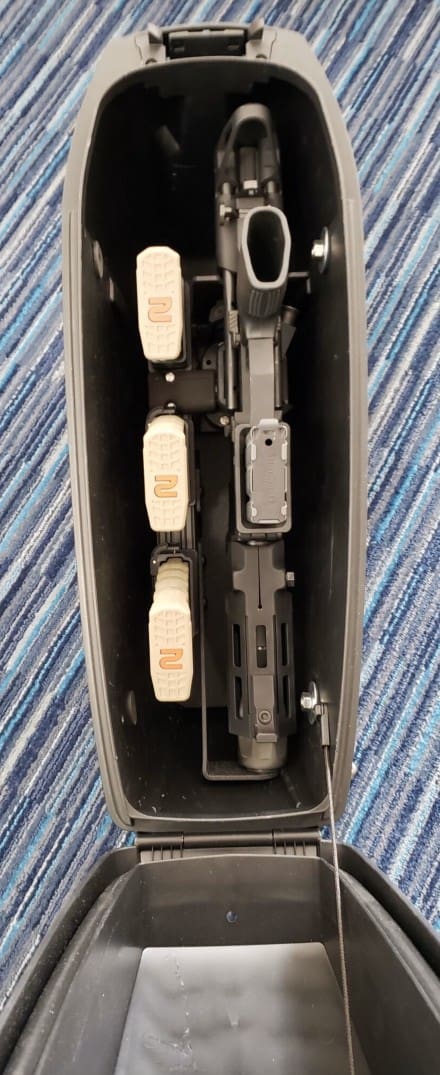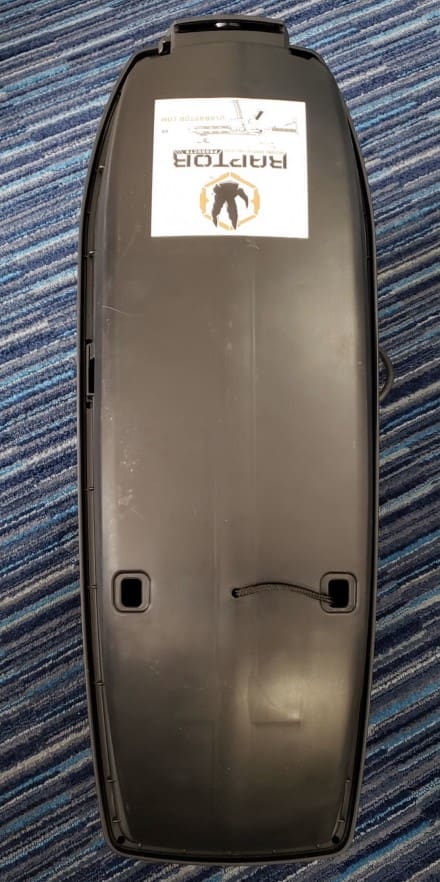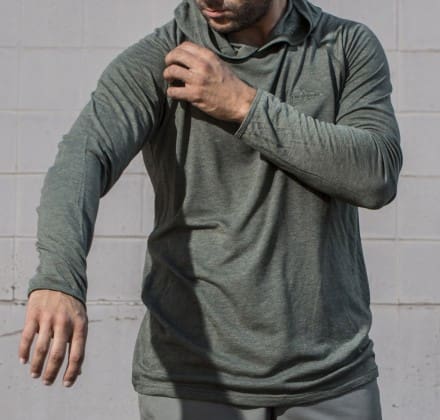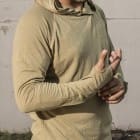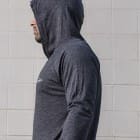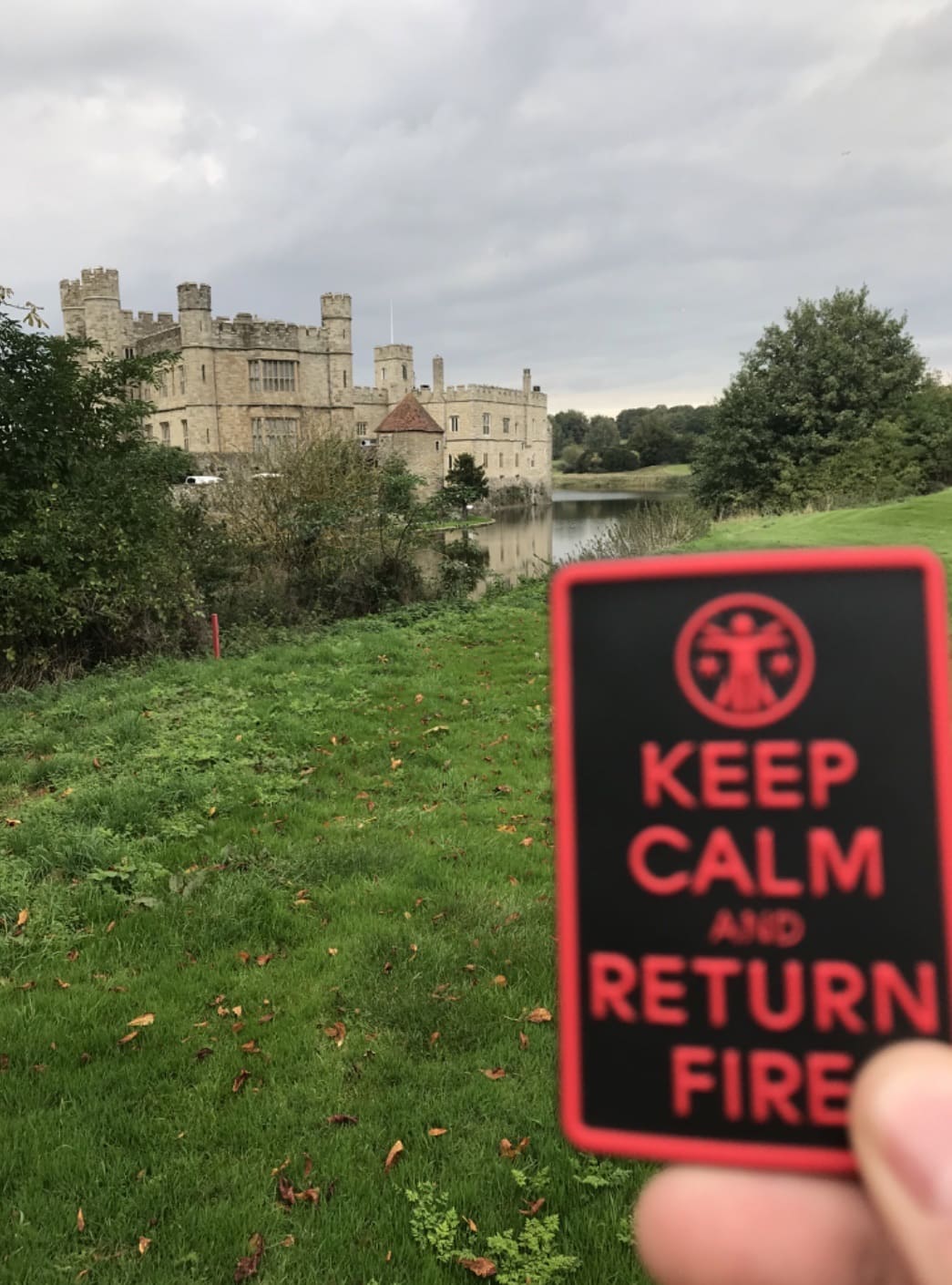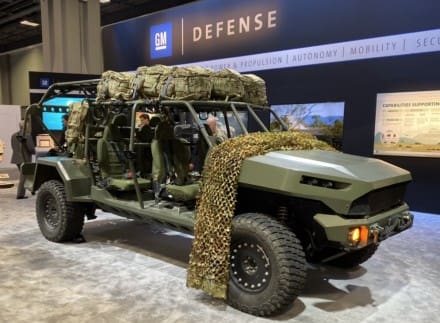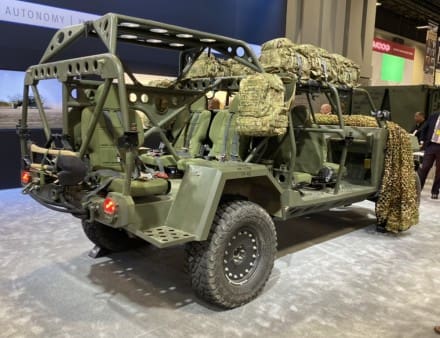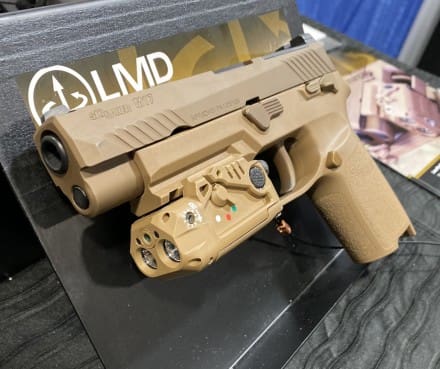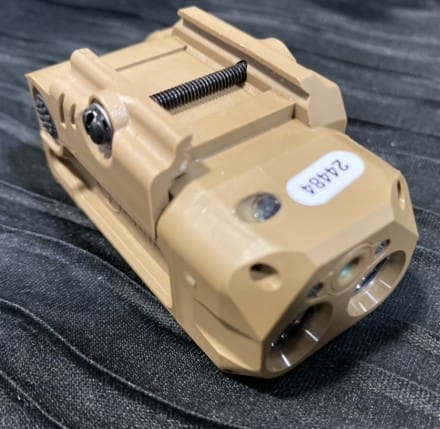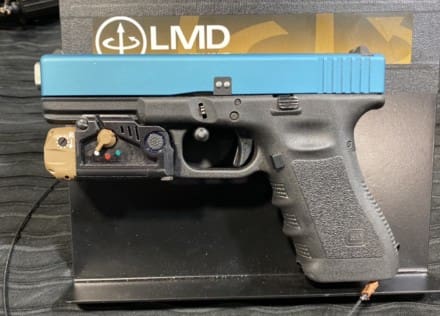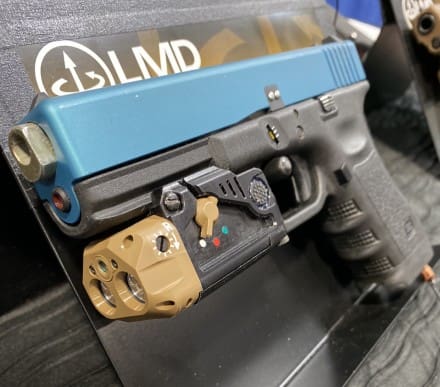Capewell Aerial Systems is proud to announce that we are among 11 small businesses qualified by the US Air Force for a multiple award indefinite-delivery/indefinite-quantity (IDIQ) contract in the potential amount of $950,000,000 over the next ten years. Component contracts will be awarded and administered through the Air Force’s Life Cycle Management Center’s Try-Decide-Buy (TDB) program.
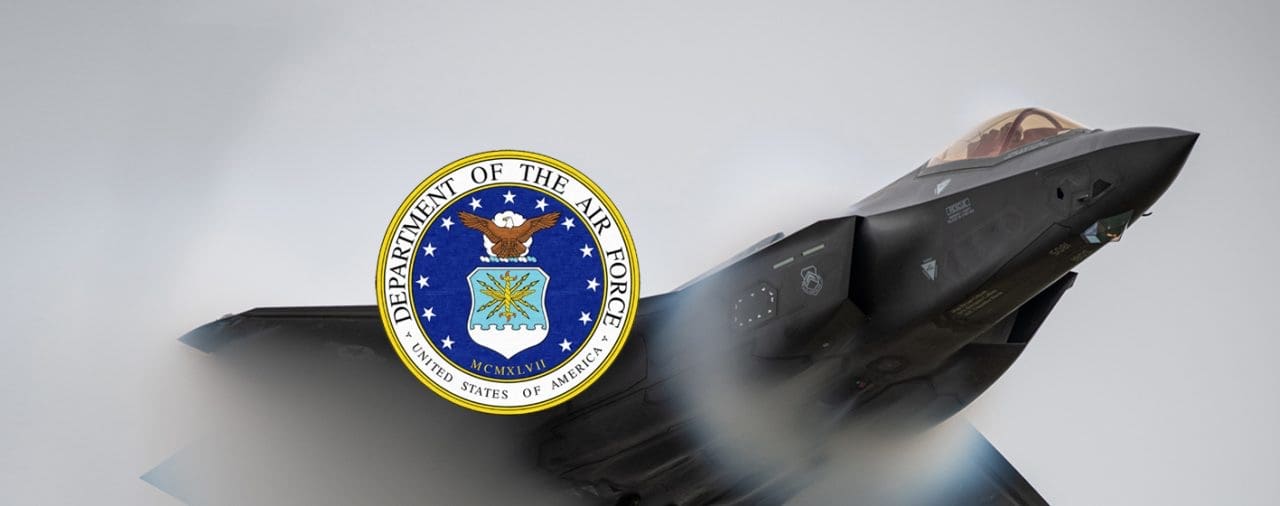
The TDB program seeks to rapidly field and deploy Commercial-off-the-Shelf (COTS) items including, but not limited to: Uniforms, Cold Weather Clothing Systems, Visual Augmentation Equipment, Personal Protective Equipment, Helmets, Body Armor, Tactical Carriers, Individual & Survival Equipment, Lighting, Air Crew Support Equipment, Communication & Electronics Test Equipment, Tactical Equipment, Load Bearing Equipment, Lethality Support Items, Boots, Gloves, Eye Protection, Egress Equipment, Aerial Insertion Equipment, Search & Rescue Equipment, Personnel Recovery Equipment, Medical Equipment, Bladder Relief Equipment, Power Management, Hydration, Ancillary Services and Testing as applicable.
Capewell’s product line and manufacturing capabilities dovetail nicely with these categories and we’re excited about the opportunity to partner with the Air Force to develop and supply gear in support of the Try-Decide-Buy program.
Longtime Brand Development Manager, Joshua Minton will direct Capewell’s participation in the TDB program.



